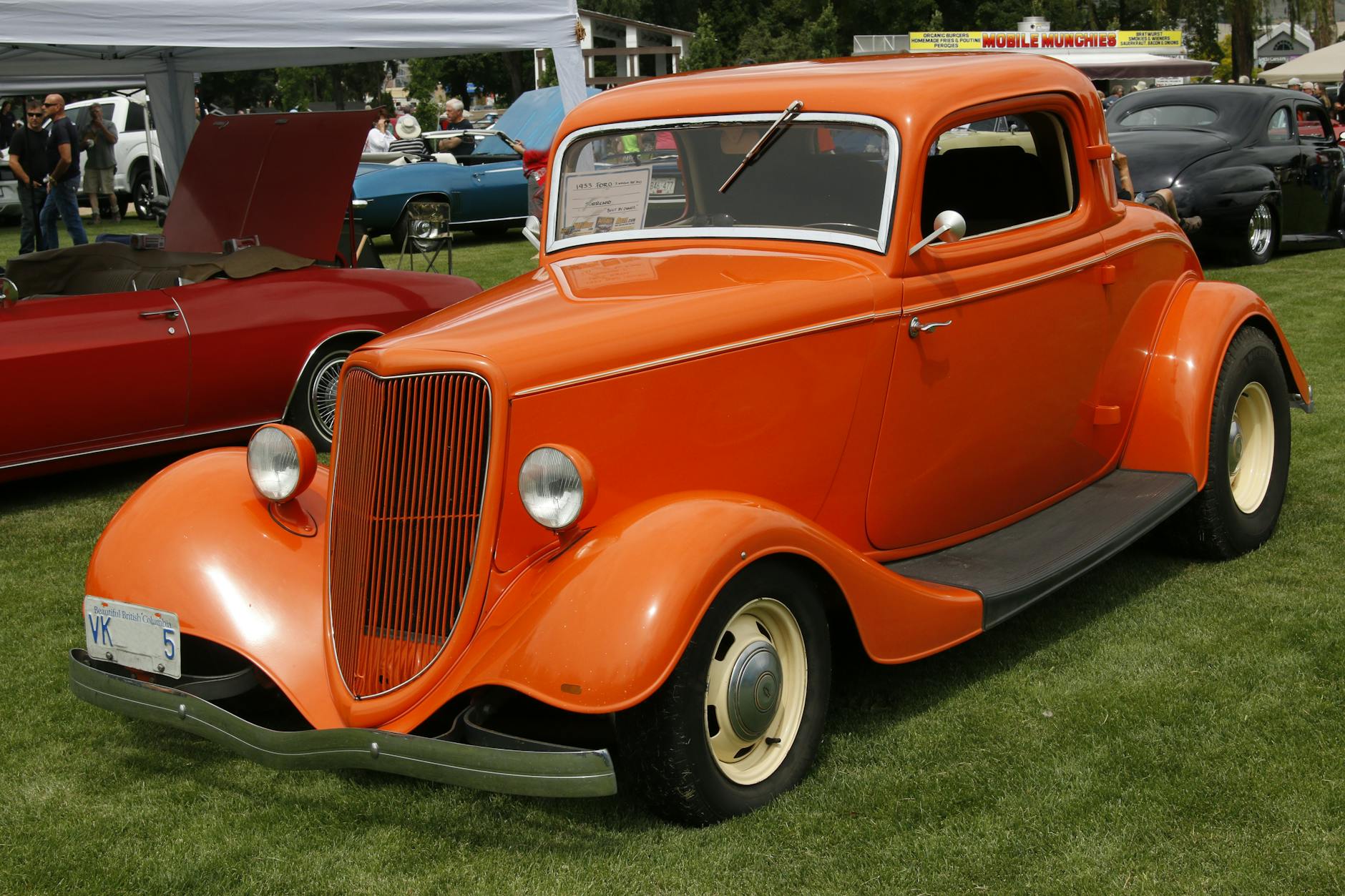Aussie Auto-Prod: Inside Car Making Down Under

Australia's automotive industry has a vibrant history, characterized by innovative manufacturing processes and a passion for motoring that runs deep in the nation's cultural fabric. Despite the challenges the industry has faced in recent years, with the exit of large-scale car manufacturers, there remains a fascinating landscape of automotive production and advancement in Australia.
The Evolution of Australian Car Manufacturing
The Australian car industry began in the early 20th century and rapidly developed post-World War II, with local manufacturing of vehicles by international giants like Ford, General Motors (Holden), and Toyota. This era witnessed the creation of iconic models specifically designed for the Australian terrain and lifestyle.
End of an Era
The closure of Holden's, Ford's, and Toyota's manufacturing plants between 2016 and 2017 marked the end of Australia's mass car manufacturing industry. High production costs, a small domestic market, and the influx of imported vehicles were among the key factors that contributed to the cessation of their operations.
Innovation and Niche Manufacturing
Despite these closures, Australia's automotive industry has not come to a complete standstill. A pivot towards specialized manufacturing and aftermarket modification has propelled the industry in a new direction. Companies like Tomcar and Bolwell are examples of Australian businesses that have reinvented themselves, focusing on producing off-road vehicles and luxury sports cars, respectively.
The Prowess of Aussie Engineering
The Australian automotive industry is renowned for its engineering capabilities. With a skilled workforce and a penchant for problem-solving, Australian engineers have contributed significantly to vehicle design, performance, safety, and efficiency.
Advanced Manufacturing Techniques
Australia has embraced advanced manufacturing processes such as 3D printing, which is used to create car components that are lightweight, durable, and cost-effective. This technology, along with the use of automated systems and robotics, allows for precise and efficient production, even on a smaller scale.
R&D and Collaborative Projects
Cutting-edge research and development remains a cornerstone of the Australian automotive industry. Universities and tech companies often collaborate with vehicle manufacturers to explore novel concepts in automotive technology, environmentally friendly solutions, and smart transport systems.
The Latest Vehicle Models Down Under
Although local mass production has ceased, Australia continues to see a range of new vehicle models, many of which are designed abroad but tailored for the Australian market. These models include everything from rugged utility vehicles, suitable for handling the tough outback terrain, to luxurious electric cars, signifying the shift towards sustainability in motoring.
Specialty and Performance Vehicles
Australia's demand for high-performance and specialty vehicles has given rise to a niche market, with local companies converting or modifying imported cars to meet strict Australian standards and consumer desires. Enhancements in vehicle performance, handling, and aesthetics highlight the Australian industry's craftsmanship.
Electric and Hybrid Vehicles
The shift towards electric and hybrid vehicles is palpable in Australia, with an increasing number of consumers embracing these environmentally friendly options. Charging infrastructure is expanding, and Australian companies are involved in the supply chain, contributing to the global transition to a greener future.
Conclusion
While the grand days of large-scale car manufacturing may have passed for Australia, the industry's spirit perseveres through innovation, specialized production, and a focus on the future of mobility. The Australian automotive sector continues to showcase its resilience, adaptability, and relentless drive for excellence, ensuring that Aussie Auto-Prod plays a significant role in the global automotive narrative.